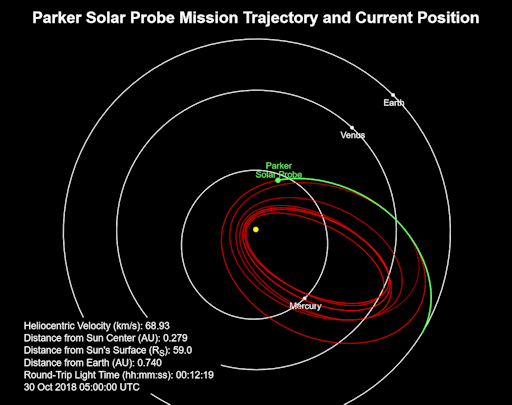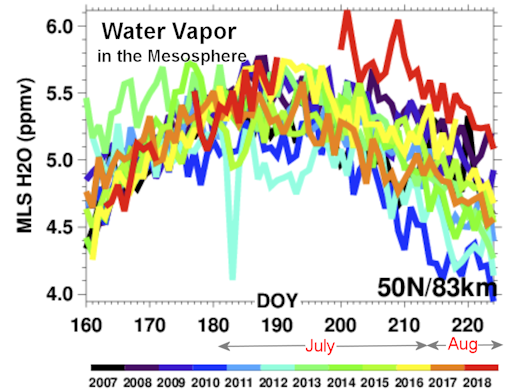Popular Science has the details:
That Time a Bunch of Underwater Mines Exploded and the Sun Was the Only Suspect
Explosives going off without warning is bad news for… well, for everybody. So imagine the U.S. military’s alarm when, on August 4, 1972, it witnessed about two dozen or so spontaneous explosions in the waters off Hon La in North Vietnam. America’s Operation Pocket Money had dropped underwater mines there many weeks before to deter trade ships from venturing to North Vietnam ports. But the mines were only supposed to detonate when ships were around, and Americans surveilling the water from overhead were only seeing clear blue when the bombs went off.
Initially, the explosions were inexplicable. What could have possibly set the mines off? Big marine animals? Equipment malfunctions? Were the North Vietnamese using a secret strategy to blow up the mines remotely?
Over four-and-a-half decades later, we now know the culprit was the sun. According to findings recently published in the journal Space Weather, a powerful solar storm likely triggered the mines’ magnetic sensors and caused them to explode.
“It was a storm of magnificent proportions,” says Delores Knipp, a space weather researcher at the University of Colorado, Boulder and the lead author of the new paper. “It was a big story back in the day, and continues to be a big story.” The storm occurred in between Apollo missions 16 and 17, but it’s generally accepted that the radiation dose would have incapacitated (if not outright killed) astronauts traveling to and from the moon. In addition, other studies on the solar storm found the resulting geomagnetic current created many different power fluctuations in North America. “It’s been a storm that has been known for different effects in different communities.”
Continue reading HERE.
The article concludes:
But Knipp says a general estimation, based on current knowledge, is that these sorts of solar storms hit Earth about once every 70 years — “often enough that we need to be thinking about what types of technologies are subject to harm in these kinds of environments.” The question isn’t really if a storm powerful enough to knock out the power grid and wreck our technological equipment will hit us — but when it will happen, and whether we’ll be ready in time to prepare and safeguard our infrastructure.
I follow space weather on YouTube daily on the Suspicious Observer channel and weekly on space physicist Tamitha Skov’s channel. We should all pay close attention to our unstable star.
 At about 10:54 p.m. EDT, Parker Solar Probe surpassed 153,454 miles per hour — as calculated by the mission team — making it the fastest-ever human-made object relative to the Sun. This breaks the record set by the German-American Helios 2 mission in April 1976.
At about 10:54 p.m. EDT, Parker Solar Probe surpassed 153,454 miles per hour — as calculated by the mission team — making it the fastest-ever human-made object relative to the Sun. This breaks the record set by the German-American Helios 2 mission in April 1976.






